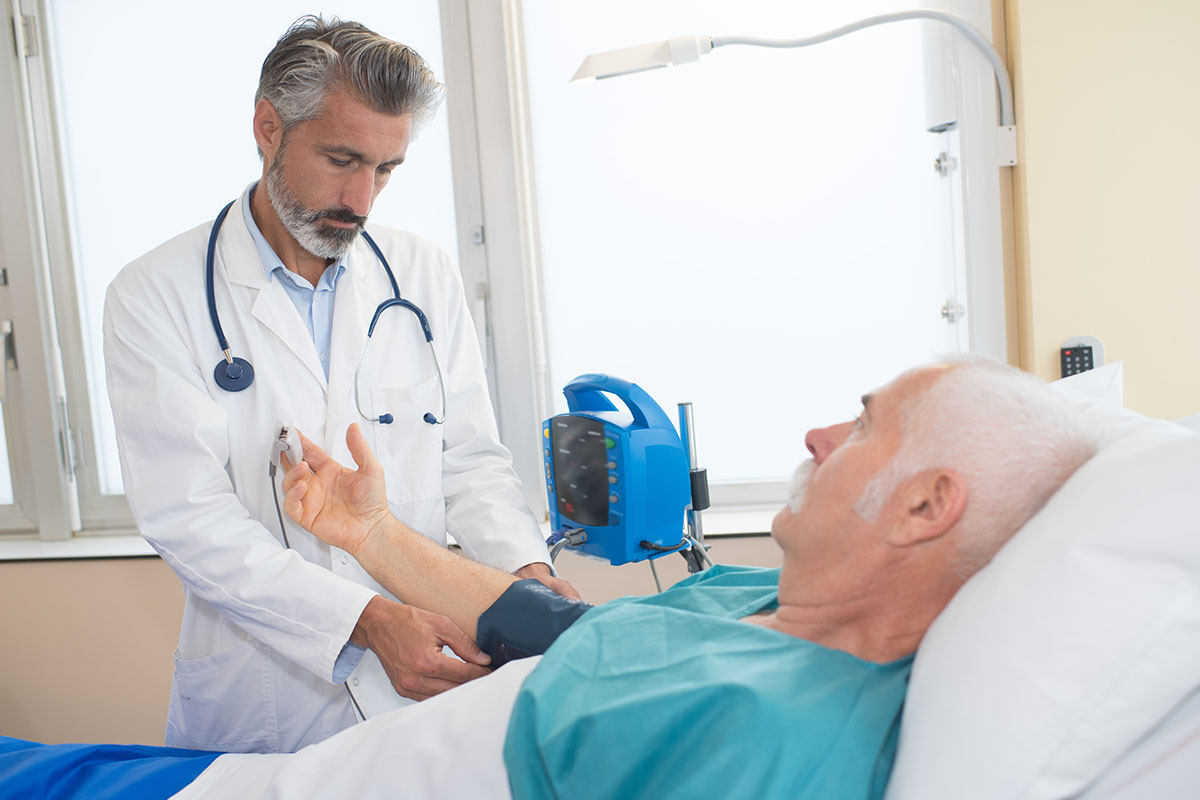The Role of Lung Screenings in Preventive Healthcare
Regular lung health screenings play a crucial role in preventive healthcare. By detecting lung conditions early, individuals can benefit from timely interventions, potentially improving outcomes and quality of life. Screenings are particularly vital for early detection of diseases that may not present immediate symptoms, such as lung cancer or chronic obstructive pulmonary disease (COPD).
Identifying At-Risk Populations for Lung Diseases
Certain populations are at a higher risk for developing lung diseases. These include smokers, individuals with a family history of lung conditions, and those exposed to harmful pollutants or occupational hazards. Tailored screening programs can help in identifying these at-risk groups and providing them with the necessary care and advice to prevent or manage lung diseases.
Frequency and Timing of Lung Health Check-ups
The frequency and timing of lung health check-ups can vary based on individual risk factors and existing health guidelines. Generally, annual screenings are recommended for high-risk individuals, such as long-term smokers over the age of 55. For others, less frequent check-ups may be appropriate. It is essential to consult with healthcare providers to determine the best screening schedule for one’s specific needs.
Types of Tests and Procedures in Lung Check-ups
Spirometry: Measuring Lung Function
Spirometry is a common and noninvasive test that measures how much air you can inhale and exhale, as well as how quickly you can empty the air out of your lungs. It’s a key component in assessing respiratory conditions such as asthma, COPD, and other lung disorders.
- Performing the test: You’ll be asked to breathe into a mouthpiece connected to the spirometer.
- Results interpretation: The test results can help diagnose lung diseases, measure the severity, and monitor treatment effectiveness.
Chest X-rays and CT Scans: Imaging the Lungs
Chest X-rays and CT scans are imaging tests that provide detailed pictures of the lungs and the surrounding tissues. They are crucial for detecting abnormalities such as tumors, infections, or asbestos exposure.
- Chest X-ray: A quick and painless procedure that gives a two-dimensional view of the lungs.
- CT scan: Offers a more detailed three-dimensional image, which can be particularly useful in diagnosing lung cancer.
Sputum Tests: Analyzing Lung Secretions
Sputum tests involve the examination of lung secretions to detect the presence of pathogens, cancer cells, or other substances. This test can be particularly important for individuals with a history of smoking or those exposed to hazardous materials.
- Collection process: You’ll need to cough up sputum into a sterile container.
- Diagnostic value: Helps in diagnosing infections, lung cancer, and other respiratory conditions.
Pulmonary Function Tests (PFTs): A Comprehensive Assessment
Pulmonary Function Tests are a group of tests that evaluate the lungs’ capacity to hold air, move gases into and out of the blood, and how well the lungs are functioning overall. PFTs are essential for a comprehensive assessment of lung health.
- Types of PFTs: Include spirometry, lung volume tests, and diffusion capacity tests.
- Purpose: To diagnose certain types of lung disease, such as restrictive airway problems or pulmonary fibrosis, and to monitor disease progression or response to treatment.
Preparing for Your Lung Health Screening
Proper preparation can help ensure that your lung health screening is as effective and accurate as possible. Here are some steps and considerations to keep in mind before your appointment.
What to Do Before Your Appointment
- Schedule your screening at a time when you feel most at ease, as stress can affect breathing patterns.
- Avoid smoking or exposure to smoke for at least 24 hours before the test to prevent skewed results.
- Refrain from consuming alcohol or caffeine on the day of the test, as they can alter lung function.
- Wear comfortable clothing that does not restrict your breathing.
- Bring a list of current medications, including over-the-counter drugs and supplements, as some may affect the test outcomes.
Understanding the Risks and Benefits of Lung Screenings
Lung health screenings can be a critical tool in detecting lung conditions early. However, it’s important to understand both the potential risks and benefits:
- Benefits include early detection of lung diseases, which can lead to more effective treatment and better outcomes.
- Risks may involve exposure to low levels of radiation during imaging tests and the possibility of false positives or negatives.
Questions to Ask Your Healthcare Provider
Before your lung health screening, consider asking your healthcare provider the following questions to better understand the process and its implications:
- What specific tests will be included in my screening?
- How should I prepare for each test?
- What are the potential risks and benefits of these tests?
- How will the results be communicated to me?
- What are the next steps if an abnormality is found?
Interpreting the Results of Lung Health Tests
Reading Spirometry and PFT Results
After undergoing spirometry or pulmonary function tests (PFTs), interpreting the results is crucial for understanding lung health. These tests measure the volume of air a person can exhale and the speed at which they can do it. Results are compared to normal values based on age, sex, height, and ethnicity. Key indicators include FEV1, which is the amount of air exhaled in the first second, and FVC, the total volume of air exhaled during the test. A lower than expected value may indicate obstructive or restrictive lung conditions.
What Abnormal Imaging Findings Mean
Chest X-rays and CT scans provide detailed images of the lungs and chest cavity. Abnormal findings can range from benign nodules to signs of Mesothelioma Hope. Radiologists look for irregularities such as masses, lesions, or areas of increased density which could signify infections, chronic lung diseases, or cancer. It’s important to discuss any abnormal results with a healthcare provider to determine the appropriate follow-up steps.
Follow-Up Steps After Lung Screening
If lung health tests reveal abnormalities, follow-up steps are essential. These may include additional imaging tests, biopsies, or referrals to specialists. Patients should be proactive in understanding their results and the recommended plan of action. It’s also important to consider lifestyle changes or treatments that can improve lung health and address any identified issues.
Lifestyle and Environmental Factors Affecting Lung Health
Maintaining lung health is not only about regular check-ups and medical tests; it’s also significantly influenced by lifestyle choices and environmental factors. Understanding and managing these aspects can lead to better lung health outcomes.
Smoking and Air Quality: Primary Concerns for Lung Health
- Smoking is the leading cause of lung disease, including chronic obstructive pulmonary disease (COPD) and lung cancer. Quitting smoking is the most effective step one can take to protect their lung health.
- Air quality, both outdoor and indoor, plays a crucial role. Pollutants and allergens can exacerbate respiratory conditions. It’s essential to monitor air quality indexes and minimize exposure to harmful substances.
Diet, Exercise, and Lung Function
- A balanced diet rich in antioxidants can help reduce inflammation in the lungs. Foods like leafy greens, berries, and nuts are beneficial.
- Regular exercise improves cardiovascular health and increases lung capacity. Activities like walking, swimming, and cycling are recommended for enhancing lung function.
Protecting Your Lungs in the Workplace and Home
- In the workplace, it’s important to adhere to safety guidelines, especially in industries where exposure to dust, chemicals, or fumes is common.
- At home, reducing exposure to indoor pollutants such as mold, pet dander, and tobacco smoke is crucial. Using air purifiers and ensuring proper ventilation can help maintain a lung-friendly environment.






